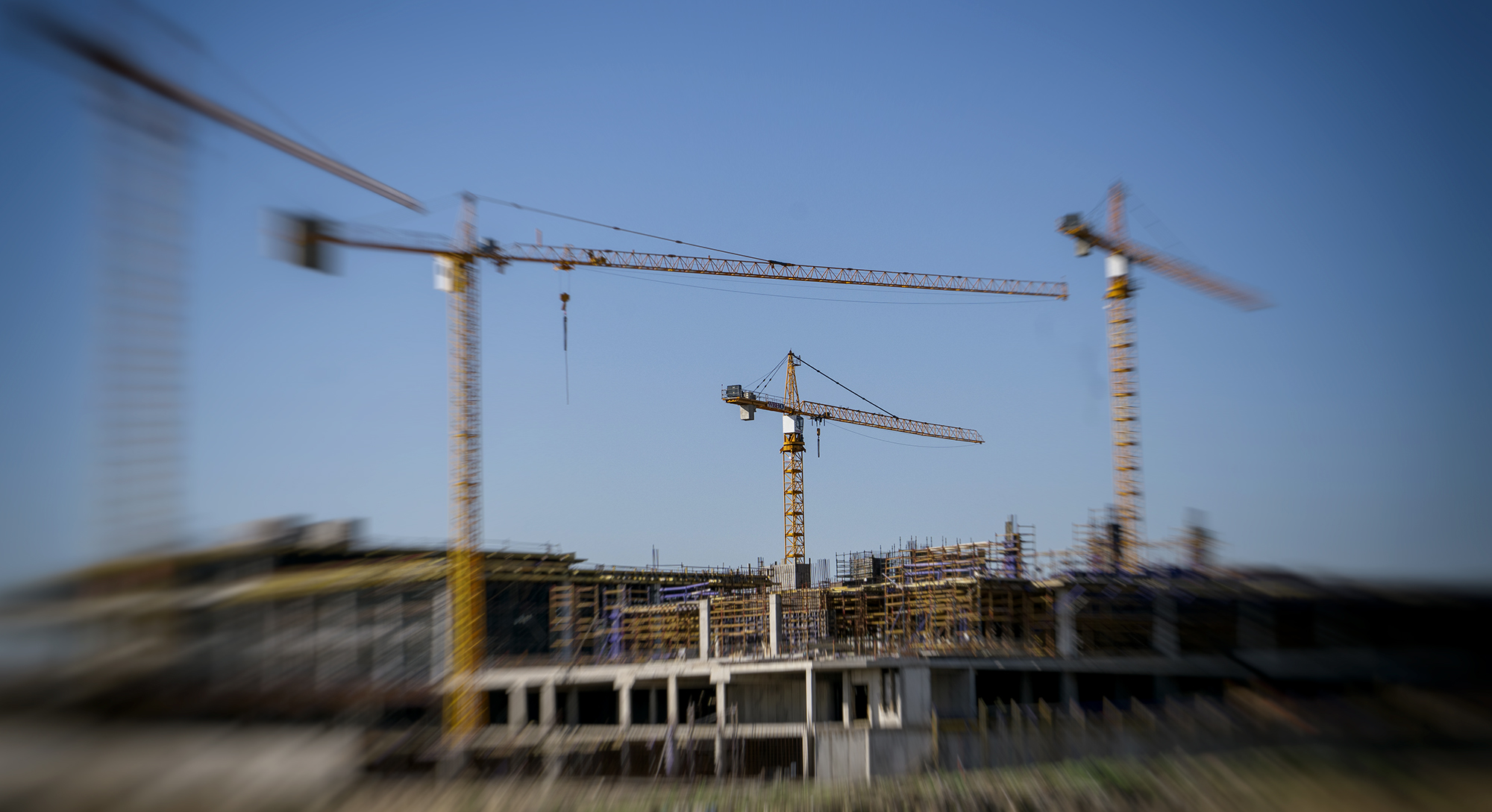The number of approved building plans in the Western Cape is up by as much as 27%, according to the latest Selected Building Statistics of the Private Sector released by Statistics South Africa on 20 January.
The report further shows that the province also continues to lead in the value of building plans passed, claiming responsibility for nearly one-third of the total value of building plans passed in South Africa over this time.
This is an important metric for future job creation, with the province recording just more than R25-billion worth of completed buildings between January and November 2022, or 40% of the total value of buildings completed over this period.
Gauteng and KwaZulu-Natal were the only other provinces to record an increase in the value of buildings completed over the last year, with total values of R19-billion and R9-billion respectively.
The load shedding effect
Western Cape Minister of Finance and Economic Opportunities, Mireille Wenger, points out that approved building plans are a leading economic indicator of confidence in the economy.
“This is even more impressive when we consider the impact that load shedding had on the economy in 2022, with more than 200 days of rolling blackouts.
“More importantly, approved building plans translate into building sites and potential job creation in the province,” she says.
According to the Quarterly Labour Force survey released at the end of November by Stats SA, 85,000 jobs were created in the Western Cape in the third quarter of last year.
Wenger says the provincial government is making urgent moves to ramp up the Western Cape’s energy resilience and to reduce reliance on Eskom.
Visit Daily Maverick’s home page for more news, analysis and investigations
“If we want this upward construction trend to continue and to contribute to the kind of break-out economic growth we need to create thousands more jobs, we must have a stable and reliable power supply,” she says.
Western Cape Premier Alan Winde says the province is estimated to have lost between R48.6-billion and R61.2-billion in real Gross Domestic Product (GDP) since load shedding began in late 2007.
“In 2022, the real GDP lost to the Western Cape was estimated at R8.2-billion. These figures are expected to grow significantly if the country is subjected to record high levels of load shedding in 2023, which, at this stage, appears likely,” he says, adding that the impact on the agricultural sector in the Western Cape is of particular concern.
“Product temperature is not allowed to move beyond specific tolerance levels until purchased, with discrepancies resulting in the rejection of whole consignments.
“The very resources of production, such as orchards and vineyards, face potential damage due to load shedding. A total of 181,233ha of permanent crops, with a replacement value of an estimated R60-billion, is currently under threat,” says Winde.
The electricity bill of an average Ceres farm is around R400,000 a month, climbing to more than R1-million at Stage 2 load shedding if the farmer resorts to using diesel to generate electricity.
More foreign buyers flock to the Western Cape
The increase in building plans and job creation ties into a trend towards “semigration” – where more South Africans are moving to the Western Cape from other provinces.
The demand for residential property in Cape Town continues unabated, says Basil Moraitis, regional manager for Pam Golding Properties in the province.
“We’ve experienced a busy festive trading season on the Atlantic Seaboard, with high-end sales from R20-million upwards. The market post-Covid lockdowns has been driven mainly by primary home buyers and also international buyers looking for a place in the sun during the northern European winter months.
“A relatively new trend is buyers from Finland looking for a bolthole far away from the conflicts and war in Eastern Europe,” he says.
Moraitis says activity is brisk among high-end buyers of luxury homes in the price bracket north of R20-million, with a recent sale of a sumptuous five-bedroom home in Bantry Bay achieving the full asking price of R75-million from a German buyer.
Moraitis adds: “Most international buyers mention that the value offered by our properties is significant, while the lifestyle on offer is extremely compelling, ranking among the best available elsewhere in the world.
“This segment of the market is also unaffected by interest rate hikes, and generally keen to diversify their investments while benefiting from living in properties with outstanding views, lifestyle and amenities, with globally acclaimed wine farms easily accessible.
“Not only has the Atlantic Seaboard always been relatively less impacted by … the interest rates, but also by other cyclical downturns and shocks to the economy, and continues to serve as a hedge against uncertain times.” BM/DM





